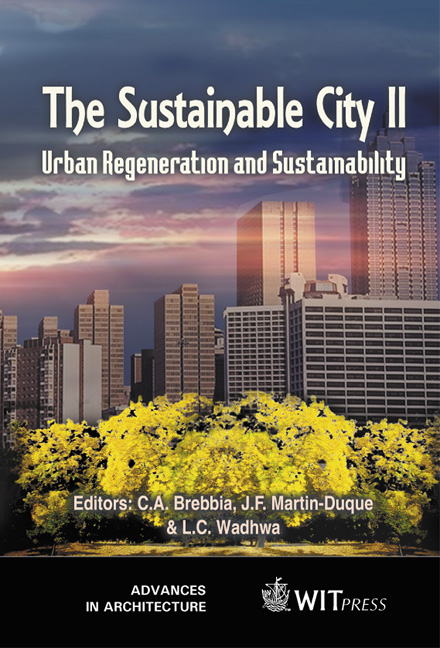Reconfiguring Urban Topography – New Paradigms For Older Cities
Price
Free (open access)
Transaction
Volume
54
Pages
Published
2002
Size
553 kb
Paper DOI
10.2495/URS020141
Copyright
WIT Press
Author(s)
M Davis
Abstract
Reconfiguring urban topography - new paradigms for older cities M. Davis Temple University, Tyler School of Art, Architecture Program Philadelphia, USA Abstract Typical of many postindustrial cities in North America, Philadelphia, USA has witnessed a 25% decrease in population in the last half century attributed to a middle-class exodus and a significant decline in the industrial and manufacturing base. This transformation has had its most notable effect on inner-city "first ring" neighborhoods surrounding the historic central core. The district of Lower North Philadelphia for example, currently exhibits more than 50% of its area as vacant land and a population decrease of over 65% since 1950. This condition of vacancy over vast areas of once densely populated residential neighborhoods has inverted in many respects a condition of center to periphery, necessitating a rethinking urban space and developing new paradigms beyond traditional thinking of urban renewal. Similarly, the most trenchant obstacle to urban redevelopment is the increasing competition and adverse relationship between the city and its surrounding suburbs. This inversion of center and periphery expressed in socioeconomic conditions maintains that locality and proximity no longer associate with contemporary forms of production or consumption. As a reactionary response, planners have adopted lower density, suburban prototypes as a redevelopment strategy in an effort to attract a middle-class base back to the city. This design philosophy appears shortsighted, and like its suburban counterpart, is structured primarily around the automobile and are contrary to the goals of sustainable development. If a sustainable future for cities is to be achieved, it must also include as its priority those neighborhoods and communities that are the most economically challenged.
Keywords





